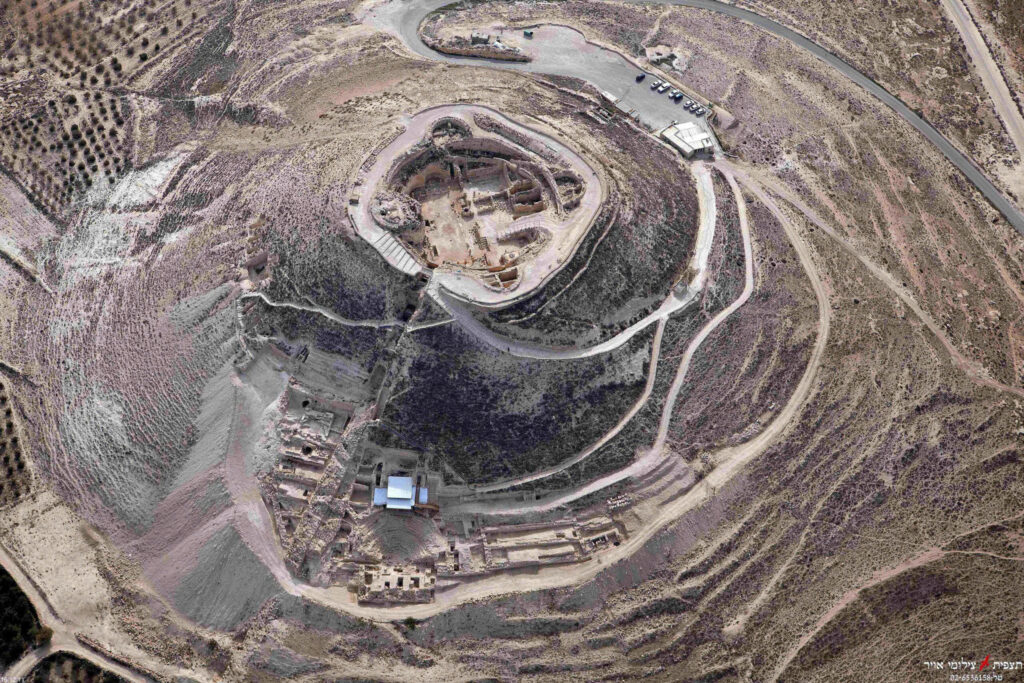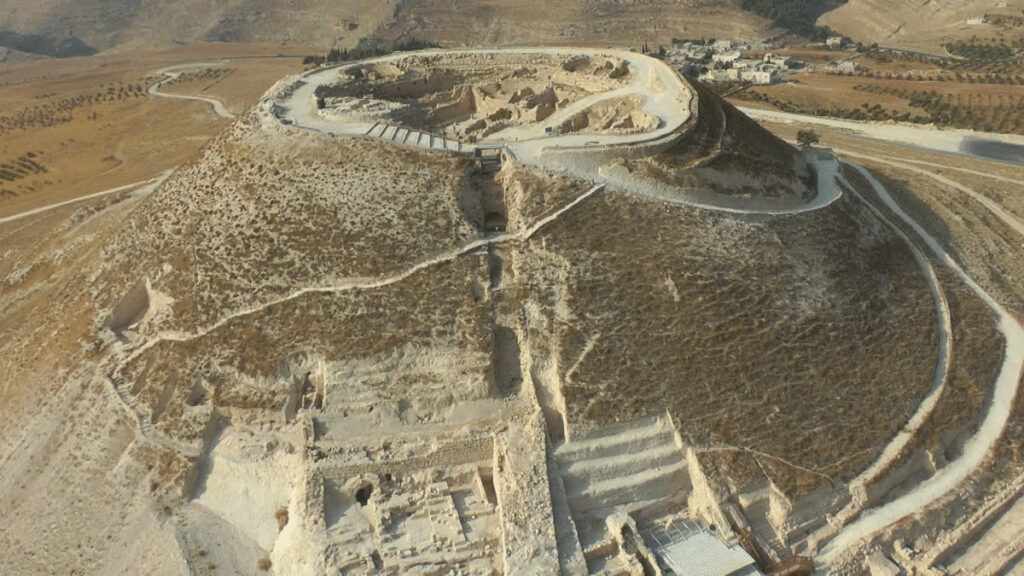The Desert Jewel’s Location and History

Located in the heart of the Judean Desert near Bethlehem, Israel, Herodium is a stunning architectural marvel commissioned by King Herod the Great. Built between 23-15 BCE, this impressive fortress-palace complex served as a lavish royal residence and, eventually, the king’s final resting place, securing its status as a significant historical and architectural wonder.
Architectural Splendor and Royal Luxury

Visitors to Herodium are immediately captivated by the extensive ruins that showcase the magnificence of the Herodian period. The site boasts opulent living quarters and sophisticated bathhouses, offering glimpses into the lavish lifestyle demanded by Herod and his royal court. The site’s crowning feature is the distinctive circular tomb, meticulously designed by Herod himself as an enduring monument to his legacy.
Strategic Design and Defensive Excellence

Perched strategically atop a hill, Herodium – also referred to as Herodion – commands impressive views of its surroundings, underlining its significance as a defensive stronghold and surveillance point. The complex’s architecture masterfully combines practical defensive features with the characteristic luxury of the Herodian dynasty, creating a perfect balance of function and grandeur.
Modern Archaeological Significance

Today, Herodium is an important archaeological site, providing valuable insights into ancient civilization and Herod’s architectural genius. Visitors to Herodium embark on a captivating journey through history, witnessing the grandeur that defined King Herod’s reign and its lasting influence on the Judean landscape.

